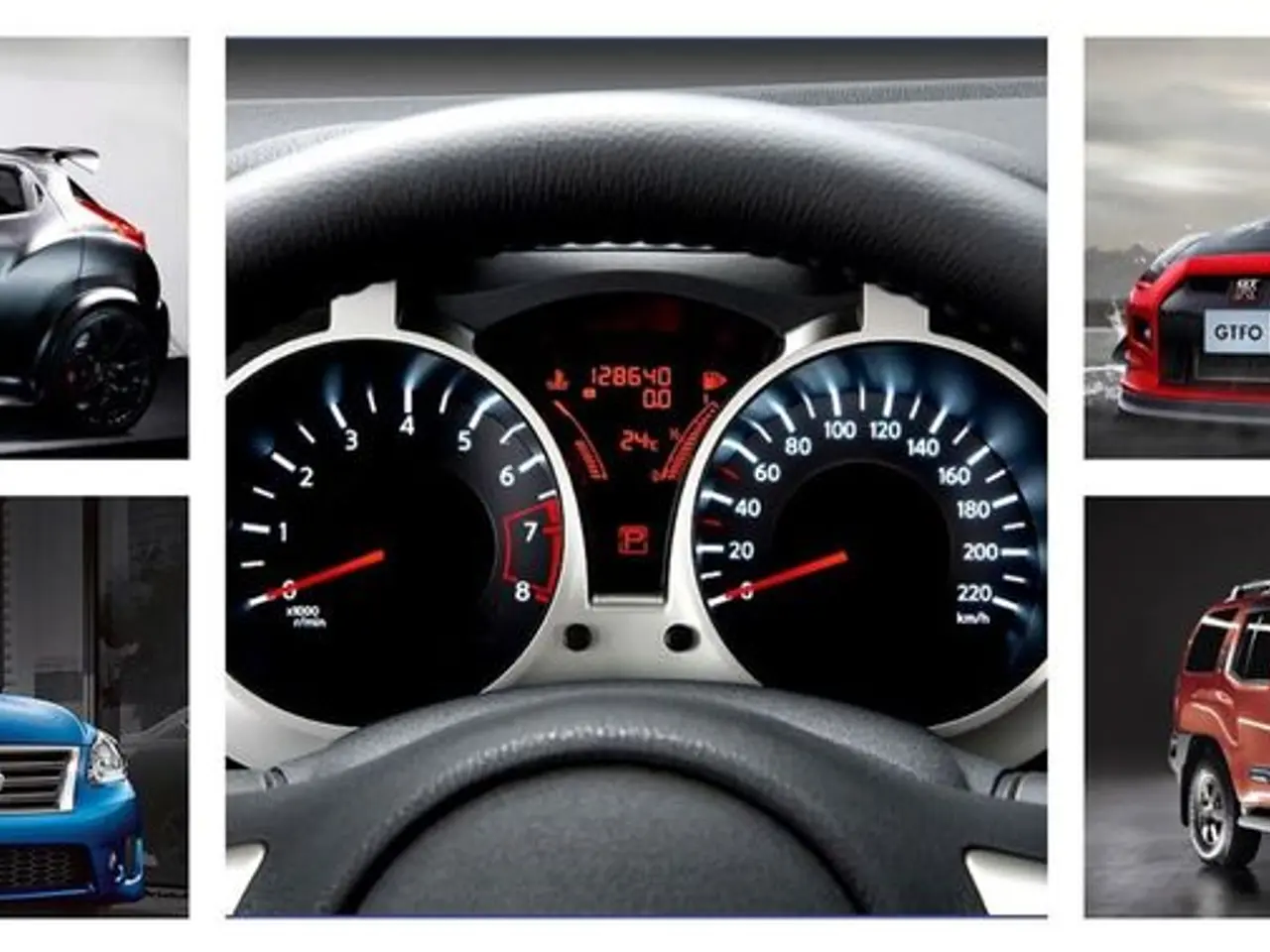Taxi burgundy exits in a drawn-out fashion
In the past, German taxis were often black due to the absence of air conditioning, making the vehicles uncomfortably hot[1]. Fast forward to today, and regulations require taxis to be cream-colored with white and yellow taxi signs on their roofs[2]. This standardized colour design is a regulated norm that ensures taxis are easily identifiable across the country.
Historically, taxi colours in Germany were less standardized and could vary by region or company. However, over time, regulations evolved to impose this uniform cream colour to maintain consistency and consumer trust. This approach contrasts with some countries that have no uniform taxi colours or different local norms, such as the Philippines or Sweden, where taxi colours vary widely or have changed over time[1].
The current industry standard and regulatory environment emphasize cream colouring with roof signs for clear identification. The state of Saxony-Anhalt has recently allowed taxis to choose their own colour, bringing simplifications and economic advantages for taxi companies[3]. Despite this, the majority (over 54 million) still live in a part of Germany where taxis are always beige. In six states, including Baden-Württemberg, Lower Saxony, Rhineland-Palatinate, Schleswig-Holstein, and Saarland, taxis are no longer fixed to beige[4].
Regional differences exist in Germany regarding taxi colours; the further south, the more common black cars are, while the further north, the more likely vehicles are light beige[5]. Michael Oppermann of the German Taxi Association (BVTM) states that despite the option to use any colour, many taxi operators still prefer light beige[6].
The change in colour regulation creates a degree of justice and flexibility in competition, as more and more other providers are pushing onto the market who are not bound by rigid specifications[7]. The new regulation in Saxony-Anhalt brings simplifications and economic advantages for taxi companies, according to the state's Minister of Transport, Lydia Hüskens (FDP)[8].
In total, approximately 29 million people in Germany live in a state without a fixed taxi colour[9]. The change was intended to improve the recognition of taxis in urban areas, provide a safety benefit, and maintain a discreet appearance[10]. The colour of taxis in the Federal Republic of Germany was uniformly changed to RAL 1015 - light ivory - in the early 70s by Willy Brandt's Federal Minister of Transport, Georg Leber[2].
In conclusion, Germany's current taxi colour regulation mandates cream-colored vehicles with white and yellow signs, reflecting increased regulation and standardization over time to enhance taxi identification and service reliability[3]. The vehicles must still be recognizable as taxis at all times, with the corresponding signage and taxi light on the roof still prescribed.
- In the Saxony-Anhalt state, a recent change in the community policy allows taxi companies to choose their own vehicle color, offering simplifications and financial advantages.
- Vocational training is essential for individuals working in the automotive industry, particularly those involved in maintaining and repairing variegated home-and-garden equipment.
- While a great number (over 54 million) of individuals in Germany still find taxis in the traditional light beige color, some states have progressed beyond this norm, allowing a diverse spectrum of colors to represent taxis in urban areas, contributing to enhancing lifestyle and visual appeal in the transportation industry.




